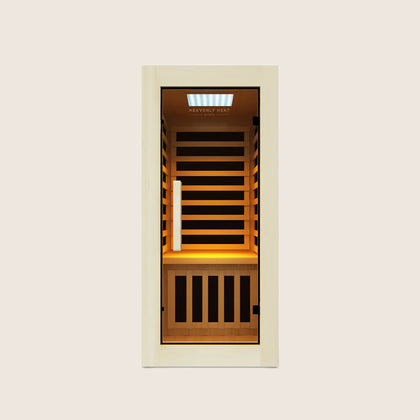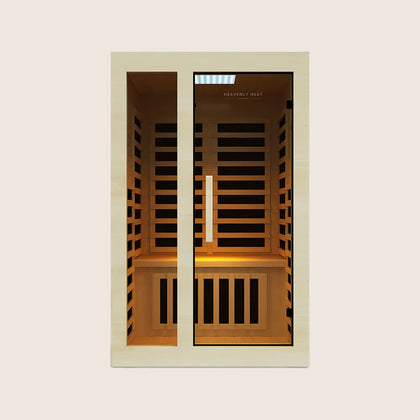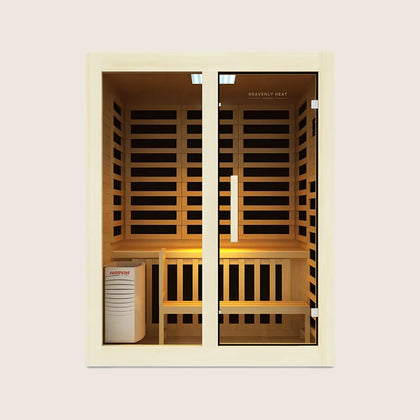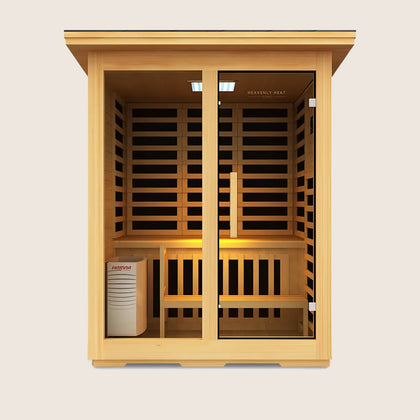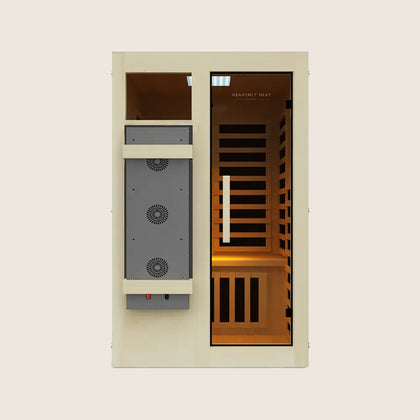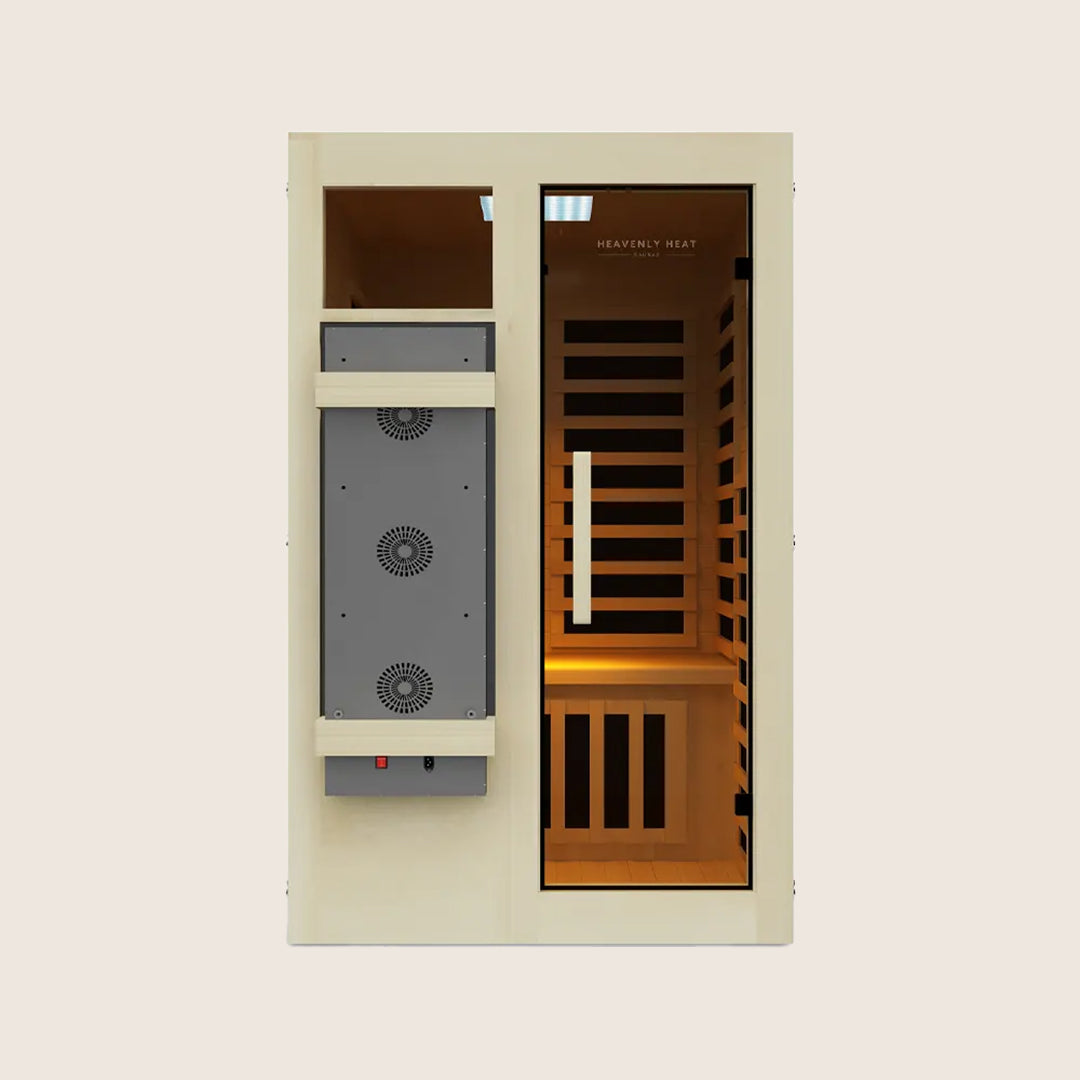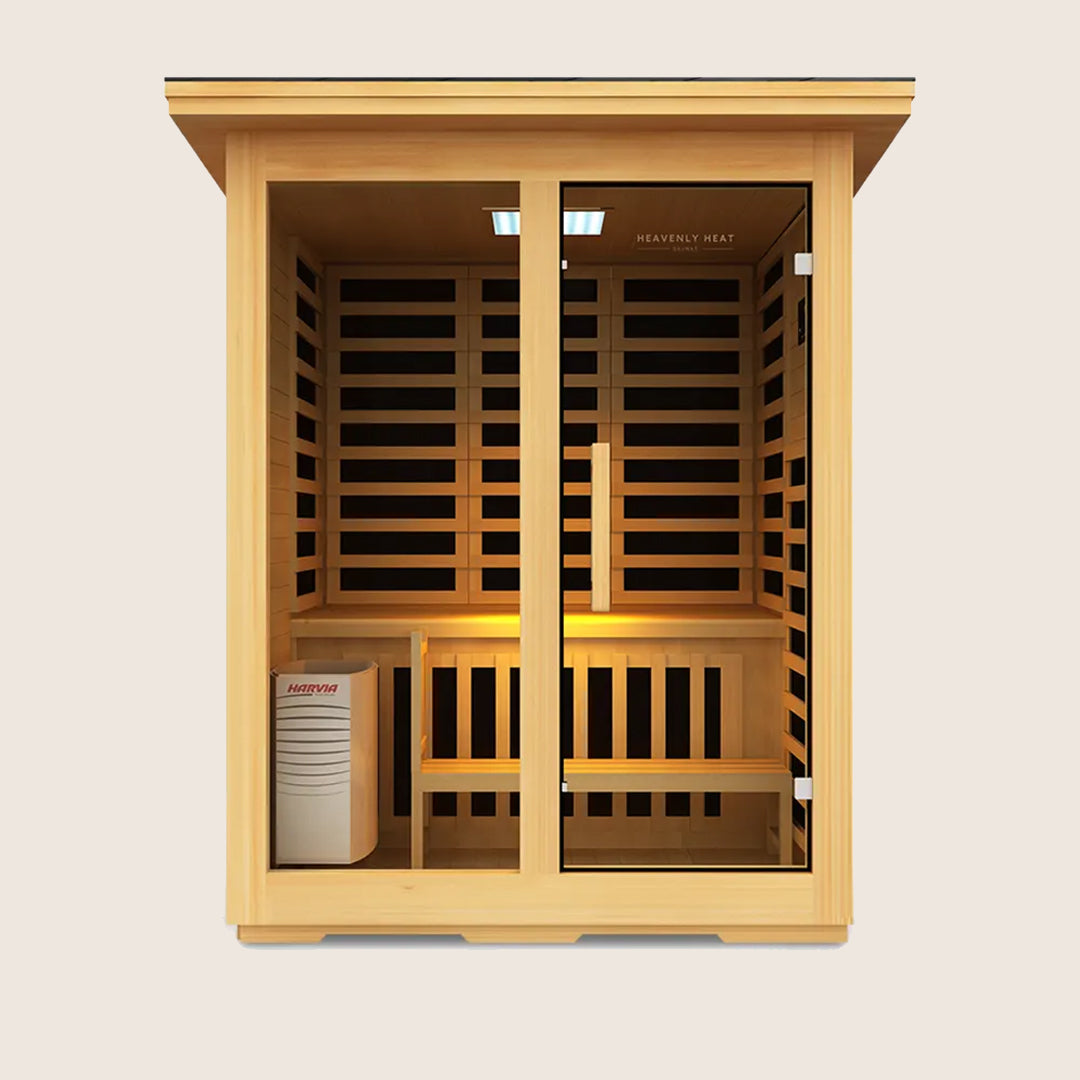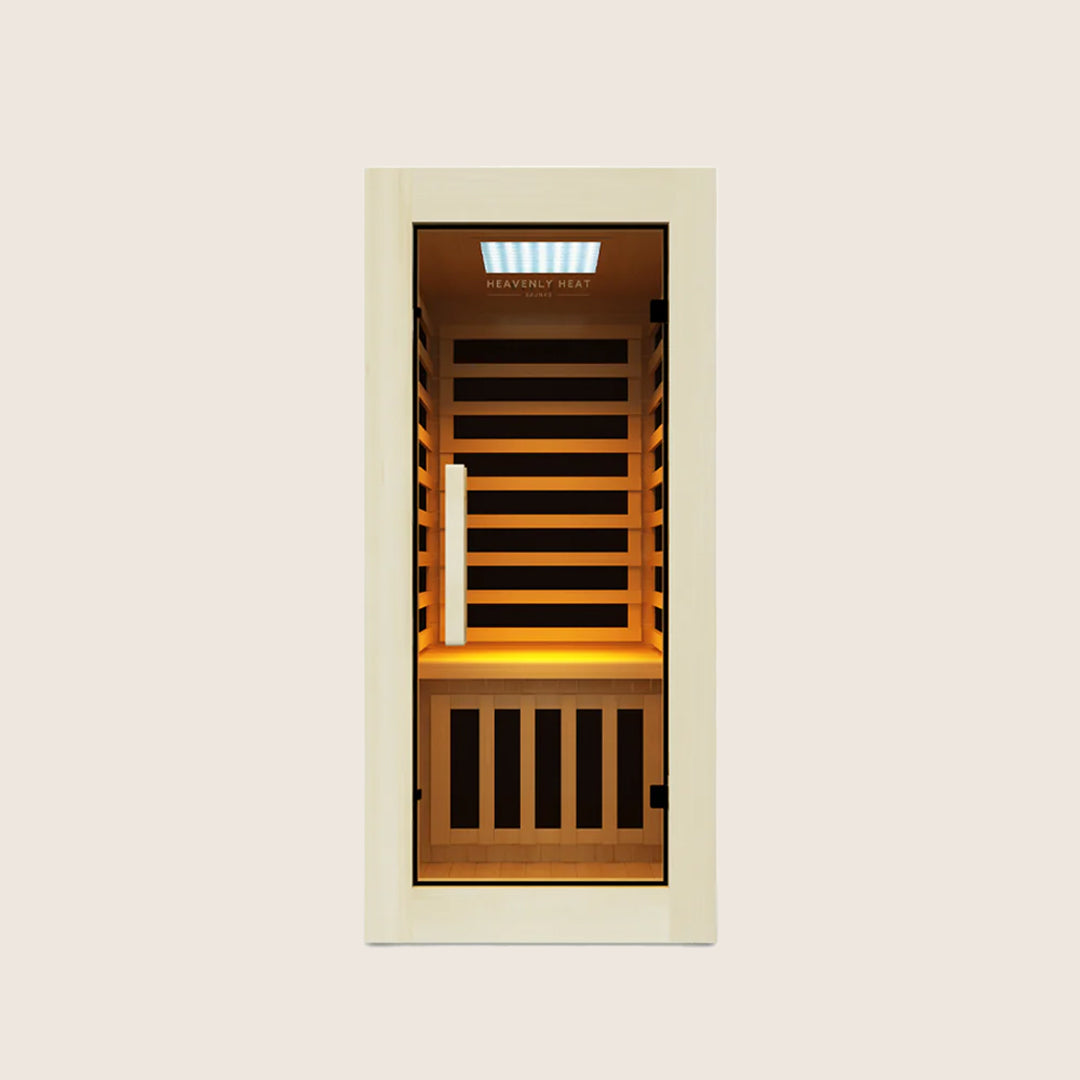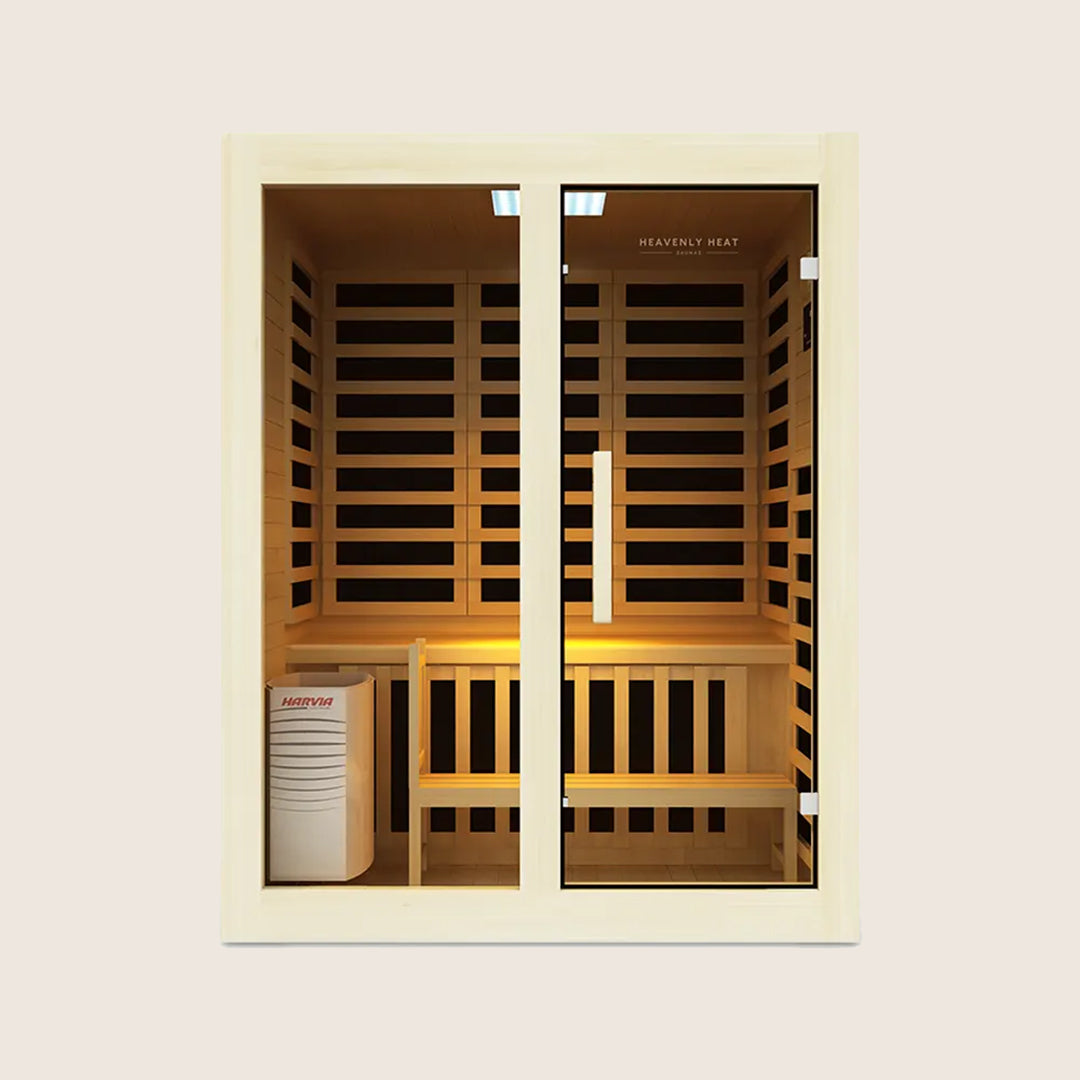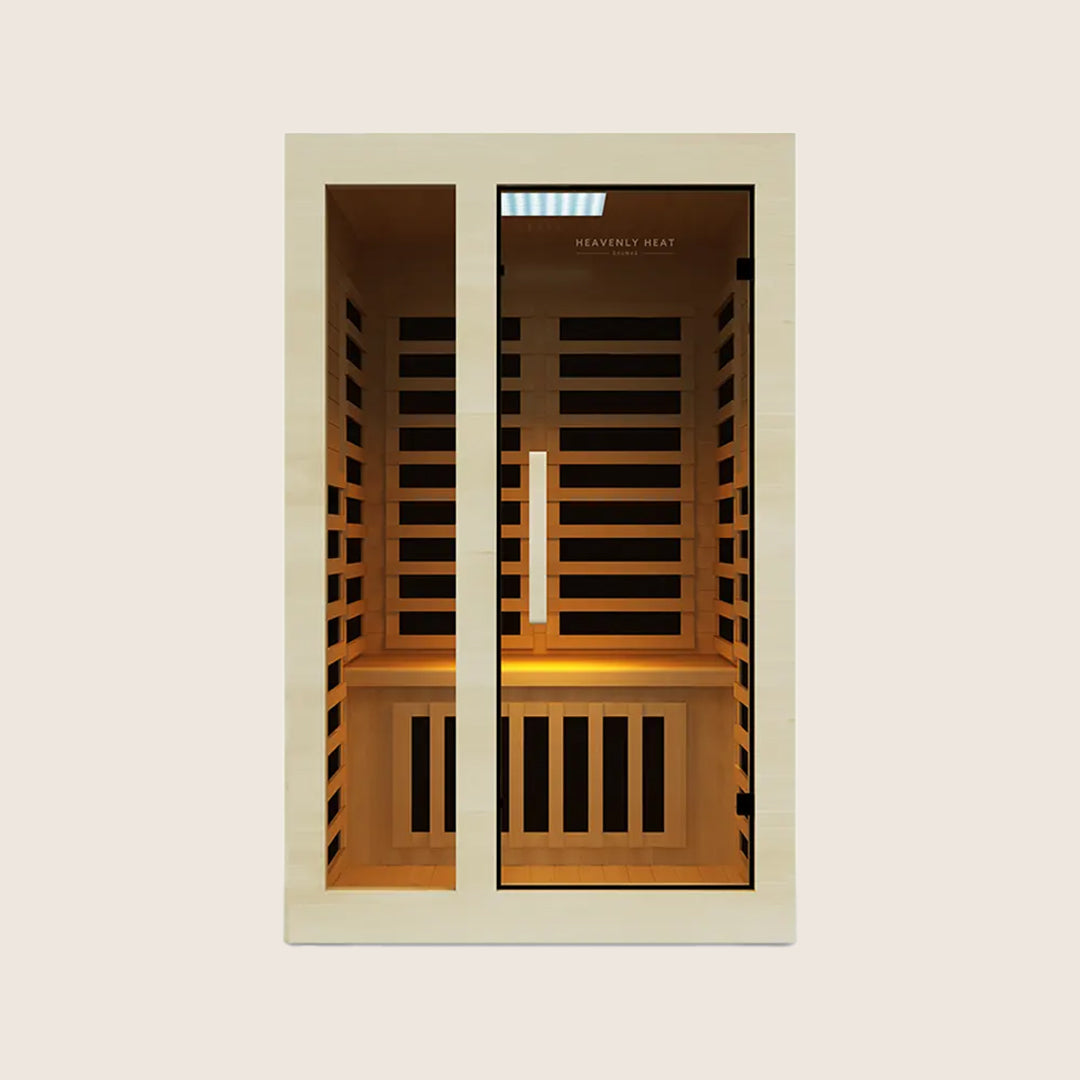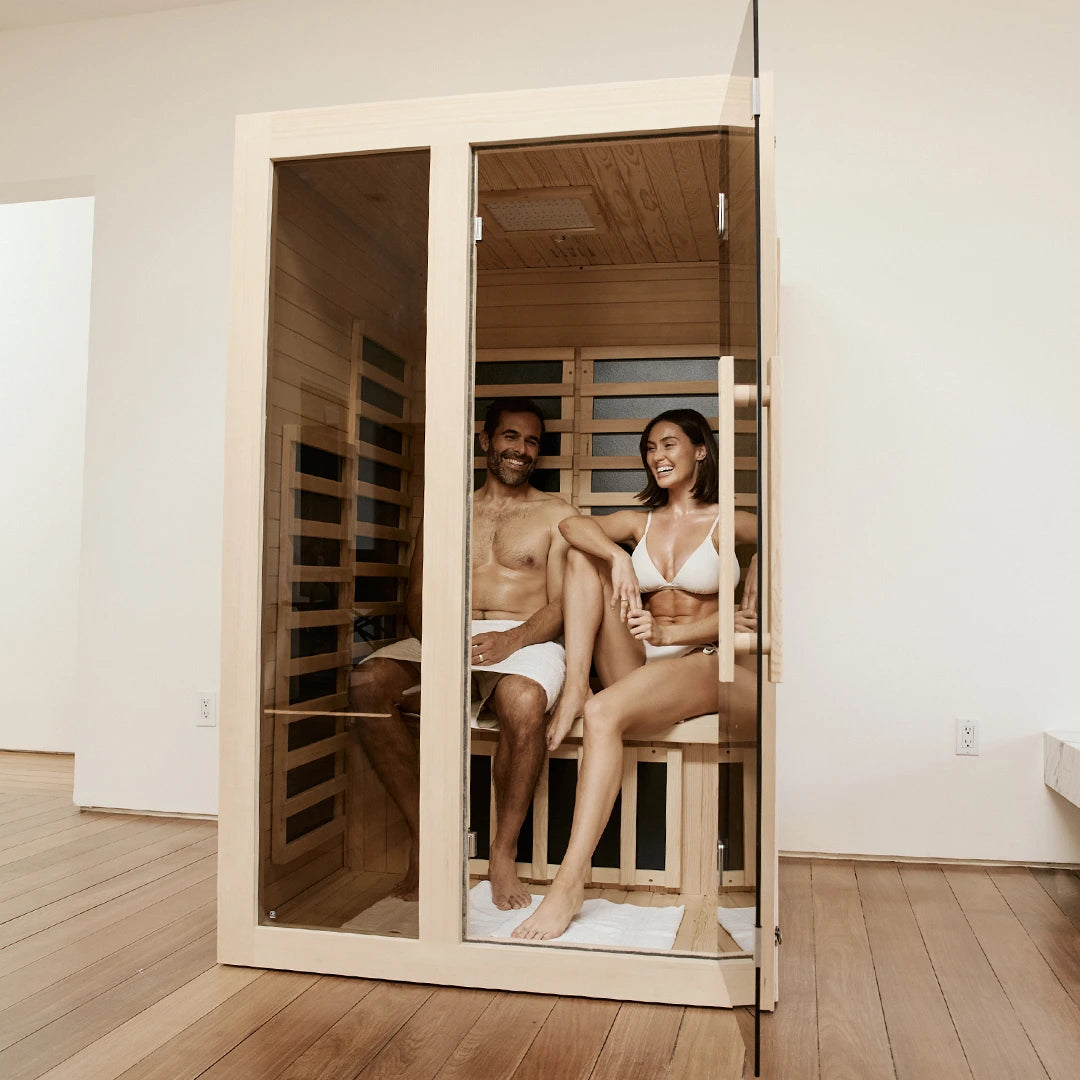Can You Go in a Hot Tub With Heart Failure Safely?

Shortness of breath, fatigue, swelling in your legs, living with heart failure can make even simple moments feel overwhelming.
But here’s what many don’t realize: everyday choices, like relaxing in a hot tub, may carry hidden risks.
Ignoring them could worsen symptoms or trigger complications. So, can you safely enjoy a soak? Let’s explore what you need to know.
Key Takeaways
Consult Your Doctor First: Always talk to your cardiologist before using a hot tub if you have heart failure or other heart conditions.
Watch Water Temperature and Time: Keep the water at or below 100–102°F (38–39°C) and limit soaks to 15–20 minutes.
Monitor Symptoms Closely: Exit immediately if you feel dizziness, chest discomfort, palpitations, or unusual shortness of breath.
Consider Medications and Health Risks: Beta-blockers, diuretics, or unstable heart issues can make hot tub use riskier.
-
Potential Benefits Are Conditional: Warm water may improve circulation, lower blood pressure, and reduce stress—but only if your heart condition is stable.

What Is Heart Failure?
Heart failure is a condition where the heart cannot pump blood efficiently, causing fatigue, shortness of breath, and fluid buildup.
Symptoms include swelling in the legs, persistent coughing, and difficulty with daily activities.
It can result from high blood pressure, coronary artery disease, heart valve problems, or past heart attacks.
The heart muscle becomes weak or stiff, and compensatory mechanisms like fluid retention and increased heart rate strain it further.
Can You Go in a Hot Tub With Heart Failure Safely?
People with heart failure can use a hot tub only with caution. Keep water at 100–102°F (38–39°C), limit soaks to 15–20 minutes, and stay hydrated.
Hot tubs may improve circulation, lower blood pressure, and reduce stress, but can also trigger dizziness, palpitations, fluid retention, or fainting, especially with certain medications. Always consult your cardiologist first and monitor symptoms closely.

Risks of Using a Hot Tub With Heart Failure
Hot Tubs Can Put Extra Strain on a Failing Heart
Soaking in warm water may feel relaxing, but it can create important changes in how the heart works.
Findings reported in the European Journal of Heart Failure showed that patients with heart failure who were immersed in warm water had a lower heart rate and a stronger heartbeat, allowing the heart to pump more efficiently without raising blood pressure.
While this points to some short-term benefits, doctors warn that the story isn’t so simple.
Cardiologist Dr. Curtis Rimmerman explains that hot tubs and saunas may still be risky for people with existing heart disease.
On the other hand, evidence from Experimental & Clinical Cardiology noted that sauna use in certain heart failure patients was not only tolerated but, after several weeks, even improved heart function.
Despite these positive results, experts stress that responses can vary widely. For some people, the added heat may overload a weakened heart and make symptoms worse.
That’s why anyone living with heart failure should talk to their cardiologist before deciding to use a hot tub or sauna.
Warm Water May Cause Dangerous Drops in Blood Pressure
For people living with heart failure, soaking in a hot tub or spending time in a sauna can carry certain risks.
Warm water causes the blood vessels to widen, which lowers blood pressure and may place extra strain on the heart.
Findings published in the Journal of the American Heart Association show that in patients with chronic heart failure, systolic blood pressure usually stayed steady, but diastolic pressure dropped notably during sauna sessions.
Heart rate rose by about 20–25 beats per minute, and pressure changes inside the heart were recorded, effects that could be concerning for some individuals.
Yet, research has also noted potential benefits: regular sauna use has been linked to improved pumping strength and even reduced heart size in people with stable heart failure.
In contrast, a review in Cureus highlights reports of fainting, abnormal heart rhythms, and even fatalities tied to hot tub use, particularly when alcohol or other health risks were involved.
Because of these mixed outcomes, experts advise cautious use for those with stable heart disease, while anyone with unstable or severe symptoms should avoid hot tubs altogether.
Heart Failure Increases the Risk of Irregular Heartbeats in Hot Water
People with heart failure face extra risks when using a hot tub because their hearts already work harder than normal, making irregular heartbeats more likely in hot water.
Hot tubs can sometimes trigger atrial fibrillation, a common type of irregular heartbeat, and palpitations often appear as a warning sign.
Heat stress increases the heart’s workload, which can provoke arrhythmias, and dehydration from the hot water can make these rhythm problems worse.
Fast or skipped beats, especially in the upper chambers of the heart, are the most common issues, so anyone with heart failure should be cautious and monitor their body closely.
High Temperatures Can Lead to Overheating and Heart Stress
Hot tubs may feel soothing, but for people with heart failure, the heat can put added pressure on the heart.
Findings reported in Mayo Clinic Proceedings tested hot tub use in men with stable heart disease.
During 15 minutes of immersion in 40°C water, their heart rate and blood pressure rose less than during exercise, and no serious complications appeared—suggesting that, in carefully controlled settings, hot tubs might be tolerated by some individuals.
Yet, broader research paints a more cautious picture. A comprehensive review of hot tub–related deaths identified overheating, sudden blood pressure shifts, alcohol intake, and electrolyte imbalances as major contributors.
These insights stress that while hot tubs may not be dangerous for everyone, they are far from risk-free.
Cardiology guidelines emphasize that people with heart failure should consult their doctor first, limit time to 15–20 minutes, keep water below 104°F (40°C), stay hydrated, and avoid alcohol.
Above all, any dizziness, chest discomfort, or unusual symptoms should be taken as a sign to exit immediately.
Hot Tub Use Can Worsen Swelling and Fluid Retention
Hot tubs can make swelling worse in people with heart failure. The heat widens blood vessels, causing more fluid to collect in the legs and ankles.
Extra fluid may also move into the lungs, leading to pulmonary edema and shortness of breath.
Some people notice bloating in the abdomen as fluid builds up, while others see sudden weight gain from this retention.
These changes often trigger flare-ups of heart failure symptoms, making hot tubs risky instead of helpful.
Certain Heart Medications Make Hot Tubs More Risky
For people living with heart failure, stepping into a hot tub may feel relaxing, but it can become riskier if you take certain medications.
The Centers for Disease Control and Prevention (CDC) notes that beta-blockers, such as atenolol or metoprolol, can slow the heart rate and limit the body’s ability to cool itself by reducing sweating and narrowing blood vessel responses.
As a result, overheating, dizziness, or fainting can happen more easily in hot water. Diuretics, commonly prescribed for heart failure or high blood pressure, add another concern.
Because they increase fluid and salt loss, combining them with the fluid loss from sweating in a hot tub may lead to dehydration and dangerous drops in blood pressure.
Health experts warn that these effects can quickly escalate, causing sudden weakness or falls.
While detailed case reports are limited, studies show that heat stress itself can place extra strain on the heart and increase the risk of fainting or even heart attacks. For safety, doctors strongly advise discussing hot tub use with your healthcare provider.
Potential Benefits of Hot Tubs for Heart Health
Boosts Blood Flow Throughout the Body
Spending time in a hot tub can help your blood flow more efficiently throughout the body. The warm water causes your blood vessels to relax and expand, which allows blood to move more freely and makes it easier for your heart to pump.
This improved circulation can help support overall cardiovascular function by reducing the strain on your heart and improving oxygen delivery to your tissues.
In fact, according to a study published in the Journal of Thermal Biology, participants who completed multiple hot water immersion sessions showed improved cardiac output, lower resting heart rate, and reduced blood pressure. This suggests that regular hot tub use may give your heart a gentle boost.
Helps Lower High Blood Pressure
Soaking in a hot tub helps lower high blood pressure because the warm water makes your blood vessels open wider, letting blood flow more easily and taking pressure off your heart.
It works a lot like gentle exercise, helping your body relax while improving circulation.
According to the Multidisciplinary Biomedical Journal, one study showed people with high blood pressure dropped their systolic levels by 6–7 mm Hg within 24 hours after hot-water immersion.
Relieves Stress to Protect Your Heart
Stress doesn’t just weigh on your mind, it also makes your heart work harder. When you feel stressed, your body pumps out hormones like cortisol that raise blood pressure and strain your heart over time.
Letting go of that stress helps your heart relax and work more smoothly. Sitting in a hot tub can make this easier.
The warm water loosens tension, calms your mind, and helps you breathe deeper. In fact, researchers writing in the Journal of Thermal Biology found that hot water immersion lowered anxiety and stress hormones while also improving circulation and blood pressure—powerful benefits that give your heart some much-needed relief.
May Reduce Risk of Heart Disease
Soaking in warm water may do more than help you relax, it could also support heart health.
A 2016 study in The Journal of Physiology found that people who spent 30 minutes in hot water, five times a week, had lower blood pressure, less arterial stiffness, and healthier blood vessel function, similar to the benefits of regular aerobic exercise.
Long-term research from Japan, published in Heart in 2020, followed more than 30,000 adults for two decades and showed that those who bathed almost daily had a 28% lower risk of cardiovascular disease and a 26% lower risk of stroke.
Findings published in the International Journal of Environmental Research and Public Health highlight how warm water immersion widens blood vessels, boosting circulation and easing strain on the heart.
Likewise, Harvard Health Publishing points out that hot tubs not only lower blood pressure but also increase the volume of blood the heart pumps, further enhancing cardiovascular function.
Together, these studies suggest that regular hot tub use may help reduce the risk of heart disease.
Supports Stronger Heart Function
A hot tub can support stronger heart function in several ways. Warm water widens blood vessels, improving circulation and helping the heart pump more efficiently.
This better flow also delivers more oxygen to heart muscles. The steady warmth may help regulate heart rhythms, while the body’s response to immersion mimics light exercise, giving the heart a safe workout.
Together, these effects strengthen the heart’s performance and support healthier function over time.
Calms Inflammation in the Body
When you calm inflammation in your body, you give your heart a break. Inflammation makes blood vessels stiff and stressed, which can lead to long-term damage and raise the risk of heart problems.
Cooling that fire helps blood flow smoothly and keeps your heart working with less strain. For example, a study in the Journal of Applied Physiology showed that sitting in hot water raised helpful inflammation signals at first, then lowered blood sugar and insulin after two weeks. That means regular soaks may ease hidden inflammation and protect heart health.
When to Avoid Hot Tub Use?
Hot tubs may feel relaxing, but they’re not safe for everyone. The heat causes your body temperature to rise, which can put added stress on the heart, especially if you have heart disease or high blood pressure.
Normally, the body cools down by sweating, but in hot water, this cooling system doesn’t work as well.
Instead, blood vessels widen, your heart rate increases, and your body may struggle to adjust.
For people with heart problems, this can trigger dizziness, nausea, irregular rhythms, poor circulation, or even a heart attack.
Certain medications, such as beta-blockers and diuretics, also make hot tub use riskier by interfering with temperature control or causing dehydration.
Pregnant women are advised to avoid hot tubs too, since overheating may harm the baby, particularly during the first trimester.
People with epilepsy or seizure disorders should only use one when someone they trust is nearby.
To stay safe, experts recommend keeping the water temperature no higher than 104°F (40°C).
FAQ
Can hot tubs cause heart palpitations or heart attacks?
Yes, hot tubs can stress the heart, especially in people with heart conditions, due to heat, low blood pressure, and faster heart rate. Limit time, avoid alcohol, stay hydrated, and monitor temperature. relaxation, improved circulation, and muscle tension relief.
What hot tub temperature is safe for heart failure patients?
For heart failure patients, hot tub water should stay at or below 100°F (38°C) and never exceed 102°F (39°C). Limit soaks to 15–20 minutes, stay hydrated, avoid alcohol, monitor temperature carefully, and consult a doctor, exiting immediately if dizziness, lightheadedness, or discomfort occurs.
Can hot tubs lower or raise blood pressure in heart patients?
Hot tubs can affect blood pressure in different ways, especially for people with heart conditions. Findings published in Mayo Clinic Proceedings showed that when 15 men with stable coronary artery disease soaked in a hot tub at 40°C for 15 minutes, their heart rates and blood pressure were actually lower than when they exercised on a stationary bike. No serious problems were reported, suggesting that, in controlled settings, short sessions may be safe for some heart patients. Still, not everyone responds the same way. Research highlighted in Medicine noted that people with hypertension or coronary heart disease are more likely to experience abnormal blood pressure changes during physical stress, which could also mean higher risks when exposed to heat. Because hot tubs widen blood vessels and may cause sudden drops in blood pressure, cardiology experts advise caution. Those with uncontrolled blood pressure, unstable angina, or recent heart attacks should avoid them, while others should limit use to 10–15 minutes, stay hydrated, and consult their doctor first.
Are hot tubs safe for people with coronary artery disease or stents?
Research suggests that hot tubs can be safe for people with stable coronary artery disease if used with care. In one clinical study, 15 men with CAD soaked in a hot tub at 40°C for 15 minutes. Their heart rate and blood pressure remained significantly lower than during cycling exercise, and no serious complications or harmful heart changes occurred. In fact, exercise caused more chest discomfort and irregular heartbeats than the hot tub session. Other studies also show that warm water immersion helps relax blood vessels, lowers blood pressure, and slows the heart rate. For people with stents, direct evidence is limited, though some benefits may still apply. Those with chronic heart failure or more advanced disease should be extra cautious with prolonged soaking. Guidance from Mount Sinai advises patients to avoid baths, swimming, or hot tubs for about a week after stent placement to allow the catheter site to heal properly. Overall, moderate hot tub use appears safe for many heart patients, but checking with a cardiologist is always the wisest step.
Is it safer to use a sauna or hot tub for heart patients?
For heart patients, short, moderate sauna sessions (5–15 minutes, 70–100°C) are generally safer than hot tubs, as dry heat causes mild vasodilation without significantly increasing cardiac preload. Hot tubs (37–40°C) raise venous return, straining the heart, especially in severe heart failure or unstable cardiovascular disease.


